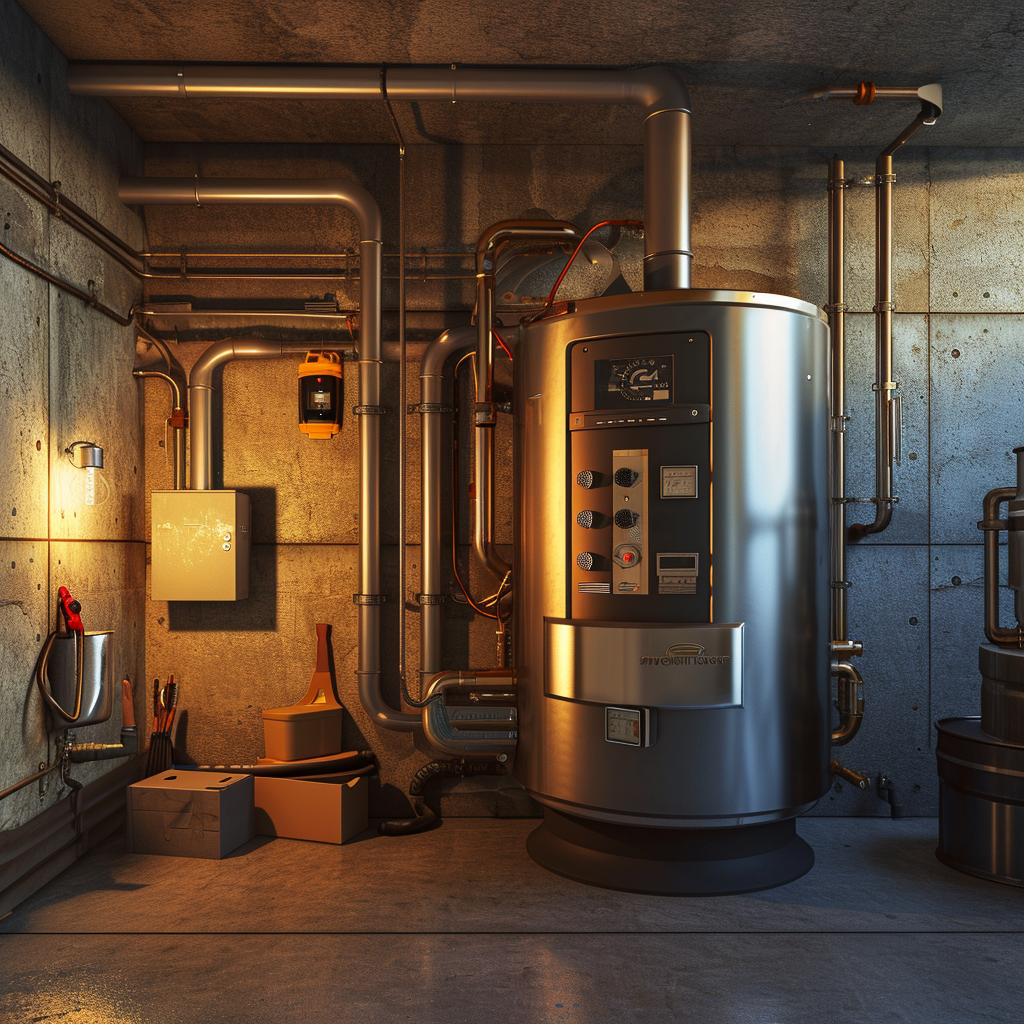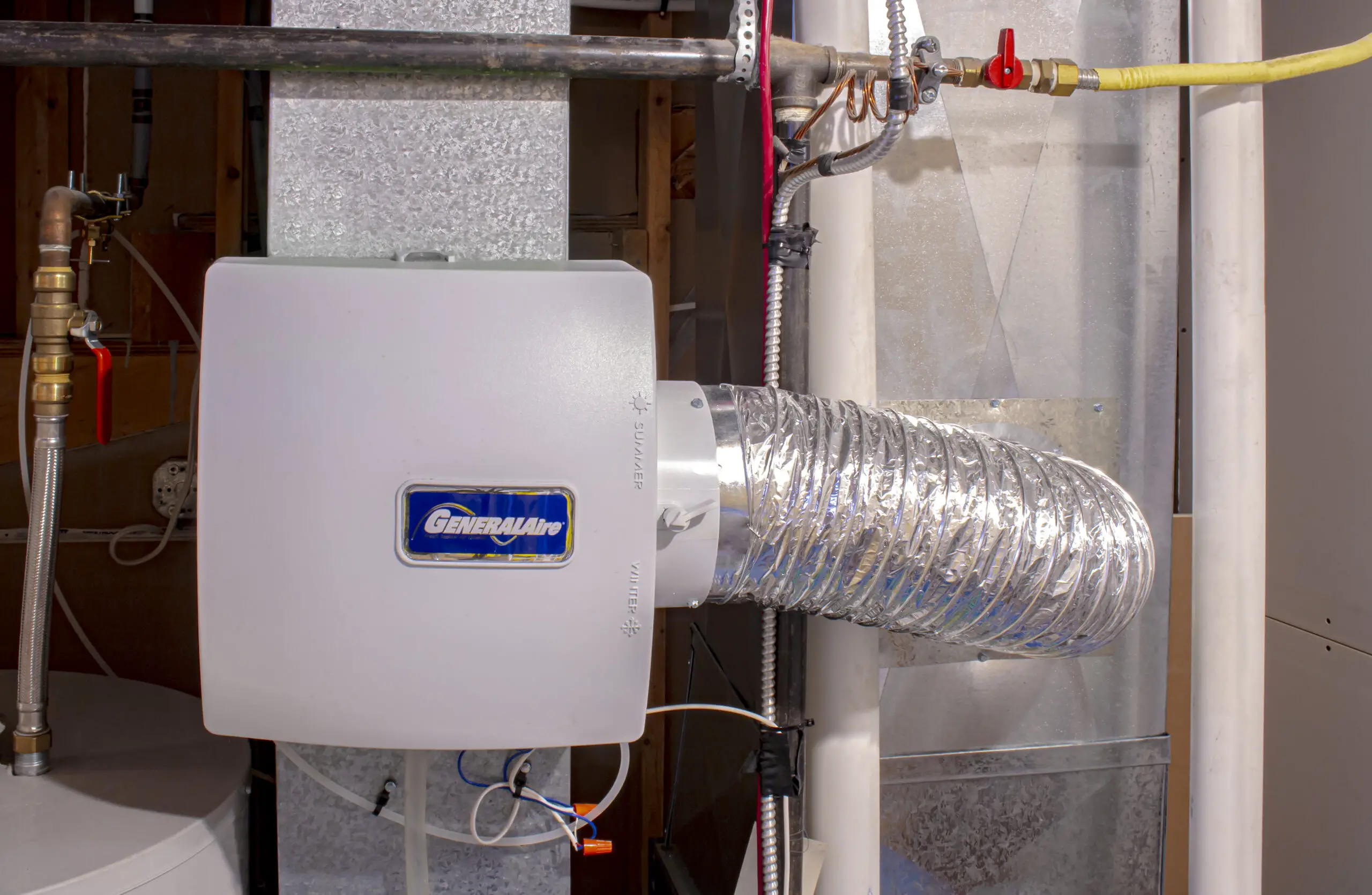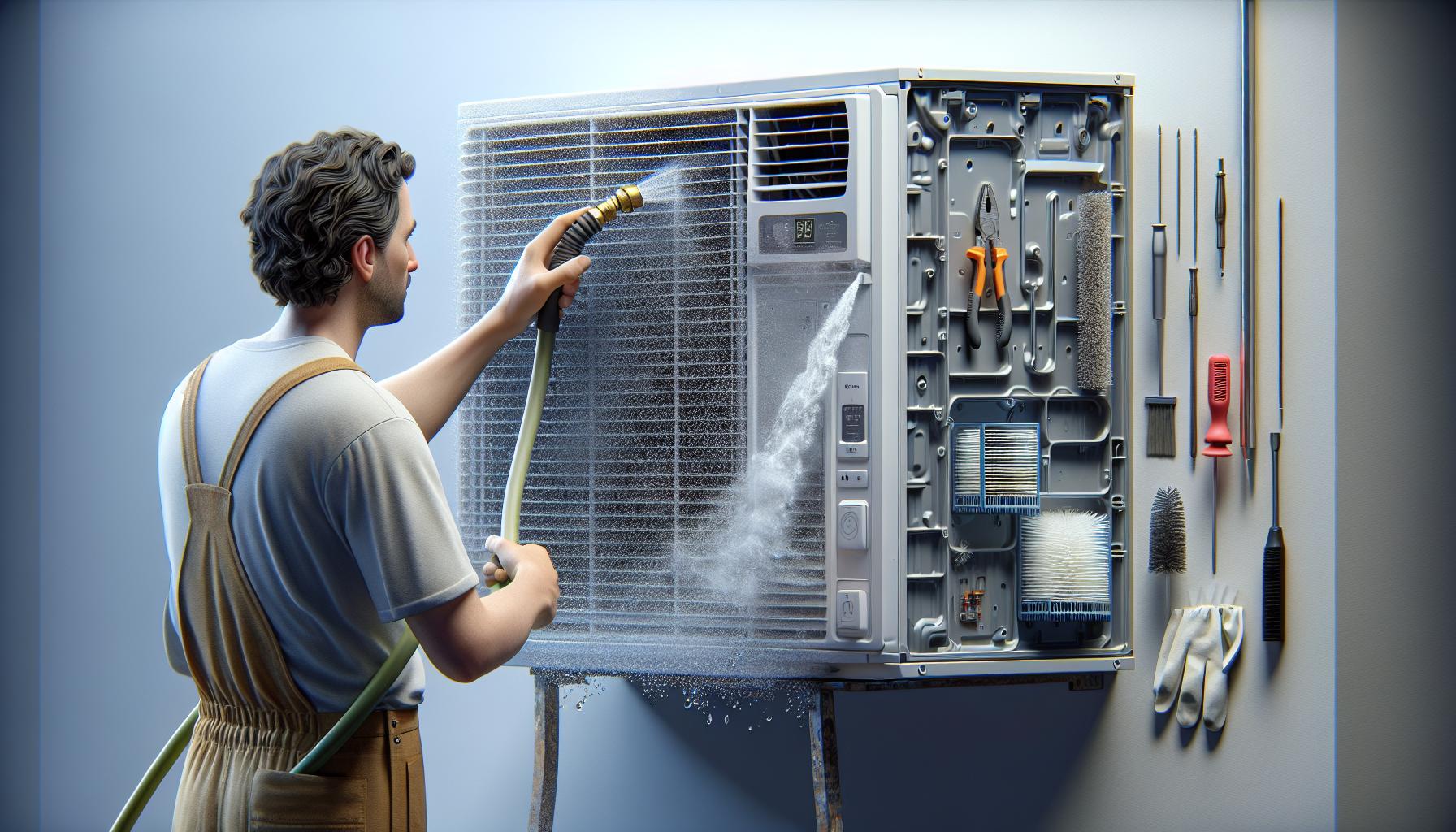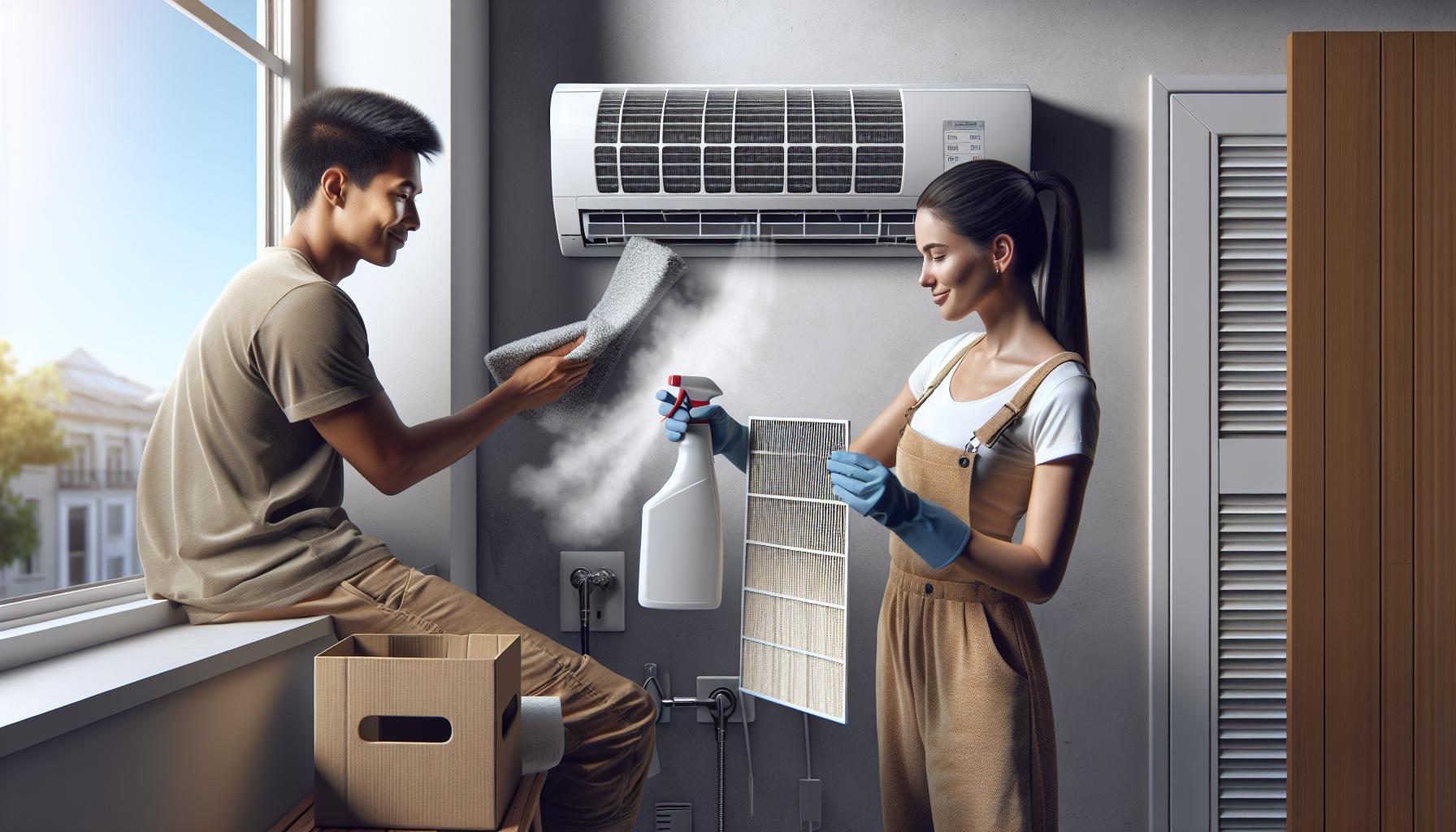When you’re in the market for a new furnace, you’ll encounter the term BTU, which stands for British Thermal Unit. It’s the measure of the furnace’s heating capacity, and you might be wondering if a higher BTU furnace is the way to go. Deciding on the right BTU for your home is crucial; too high and you may be overspending, too low and you’ll be left in the cold.
In this article, you’ll discover the ins and outs of BTU ratings and how they impact your comfort and wallet. We’ll explore whether a higher BTU furnace is indeed better, and what factors you should consider to make the most informed decision for your home heating needs. So, let’s turn up the heat on this topic and find the perfect balance for your space.
What Is BTU and How Does It Relate to Furnaces?
When you’re in the market for a furnace, you’ll frequently encounter the term BTU, which stands for British Thermal Unit. BTU is a measure of heat; it’s the amount of energy needed to raise the temperature of one pound of water by one degree Fahrenheit. In the realm of home heating, the BTU rating of a furnace indicates its heating capacity.
The correlation between BTU ratings and furnaces is unequivocal – the higher the BTU rating, the more heat the furnace can produce. This does not, however, automatically mean that a higher BTU furnace is categorically better for your home. A furnace with a BTU rating that excessively surpasses the requirements of your space may lead to uneven heating and wasted energy. Conversely, a unit with too low a BTU rating can result in inadequate heating and increased wear on the system as it struggles to maintain a comfortable temperature.
Manufacturers often offer furnaces in a range of BTU ratings, calculated to meet the varying demands of different-sized homes and climates. For instance, a small apartment in a moderate climate may only require a furnace with a BTU rating in the tens of thousands, while a large, drafty house in a cold region might necessitate a system with a rating of over a hundred thousand BTU.
Here’s a quick look at how different spaces may require varying BTU capacities:
| Home Size | BTU Requirement |
|---|---|
| Small | 30,000 – 50,000 BTU |
| Medium | 50,000 – 80,000 BTU |
| Large | 80,000 – 120,000+ BTU |
Remember, it’s crucial to have a proper assessment of your living space carried out by a professional to determine the optimal BTU for your needs. This assessment should consider not just space, but also factors such as insulation, ceiling height, window quality, and local climate.
Understanding the Importance of the Right BTU for Your Home
When it comes to selecting a new furnace, choosing the right BTU (British Thermal Unit) rating is critical for your comfort and your wallet. The right BTU furnace will maintain a consistent temperature throughout your home, ensuring that each room is comfortably heated without hot or cold spots.
Furnaces that match your home’s size and regional climate demands operate more efficiently, translating into savings on your energy bills. A well-matched BTU rating allows the furnace to cycle on and off less frequently, thus reducing wear and tear on its components — a key factor in prolonging the life of your heating system.
If you opt for a furnace with a BTU rating too high for your space, you’ll likely experience short-cycling. In a short-cycling scenario, the furnace turns on and off rapidly, not only wasting energy but also placing undue stress on the furnace components, leading to more frequent repairs and possibly a shorter system lifespan.
Conversely, choosing a furnace that’s too small for your home means it will struggle to reach the desired temperature, continuously running and driving up your energy costs while still leaving you feeling the chill.
- Select a furnace based on the specific dynamics of your home, taking into account square footage, ceiling height, insulation quality, and window efficiency.
- Consult with HVAC professionals who can perform load calculations to determine the most effective BTU rating for your needs.
Remember, a high BTU rating isn’t inherently better; it’s about finding the sweet spot that marries efficiency with comfort for your unique living space.
Pros and Cons of a Higher BTU Furnace
When considering a furnace with a higher BTU rating, you’ll find that there are both advantages and disadvantages to weigh.
Pros:
- Quick Heating: A high-BTU furnace can heat your home much faster than a lower-BTU unit, especially in large or particularly cold environments.
- Improved Comfort in Large Spaces: If your home has high ceilings or expansive rooms, a higher BTU rating can help maintain a comfortable temperature throughout these challenging spaces.
- Better for Harsh Winters: In areas where temperatures frequently drop significantly, a furnace with higher BTUs ensures consistent warmth when you need it most.
Cons:
- Increased Costs: Higher BTU units typically cost more to purchase and install.
- Risk of Oversizing: An excessively high BTU output for your space can lead to short-cycling, which not only can cause uncomfortable temperature swings but also reduces the lifespan of your furnace.
- Higher Energy Bills: If the BTU rating exceeds the needs of your home, you’ll likely see an uptick in your energy bills due to inefficient cycling and operation.
Understanding the size of your home, the local climate, and your specific heating needs is crucial when deciding if a higher BTU furnace is better for your situation. Consultation with a professional can help you determine the right balance between BTU output and other critical factors such as insulation and air sealing for optimal furnace performance and cost-efficiency.
Factors to Consider When Choosing the Right BTU for Your Home
When you’re in the market for a new furnace, understanding BTUs (British Thermal Units) is crucial. This measurement dictates the amount of heat required to raise the temperature of one pound of water by one degree Fahrenheit. Here’s what you need to consider to select the appropriate BTU capacity for your home’s heating system:
Square Footage of Your Home
- The size of your living space is pivotal in choosing a furnace.
- Larger areas typically require more BTUs, while smaller spaces need fewer.
Insulation Quality
- High-quality insulation retains heat better, possibly allowing you to opt for a furnace with fewer BTUs.
- Poor insulation might necessitate a system with a higher BTU output to maintain comfort.
Climate Zone
Living in colder regions translates to the need for a furnace with higher BTU capacity. Conversely, milder climates may require fewer BTUs.
**Ceiling Height **
- Rooms with higher ceilings contain more air requiring additional heat, impacting BTU requirements.
- Standard calculations often assume 8-foot ceilings, so adjust accordingly for your home.
Window Types and Quality
- Double or triple-glazed windows trap heat effectively, which can influence BTU sizing downwards.
- Lower quality or single-pane windows may lead to heat loss, increasing the BTU size needed.
Remember, while a higher BTU furnace has distinct advantages in certain scenarios, there’s a risk of oversizing if you don’t accurately account for these factors. This could lead to short-cycling, where your furnace turns on and off more frequently than necessary, leading to wear and inefficiency. It’s vital to strike the right balance between your space, insulation, and climate to ensure you’re not paying for more BTU capacity than you actually need.
Is a Higher BTU Furnace the Best Option for You?
When you’re in the market for a new furnace, you’ll often encounter the term BTU — British Thermal Unit — which measures the heat output. However, higher BTU does not always translate to better performance for your specific needs. It’s critical to match the BTU output with your home’s requirements to ensure optimal efficiency and comfort.
Let’s break down the situations where a higher BTU capacity may be beneficial:
- You live in a larger home where the square footage requires an extensive heating demand.
- Your residence is in a colder climate zone, necessitating more powerful heating to maintain a comfortable indoor temperature.
- You have high ceilings or a poorly insulated house, which can lead to significant heat loss, thereby requiring a furnace with more heating capacity.
However, installing a furnace with too high a BTU rating can lead to several problems including:
- Frequent on-and-off cycling, which can wear out the furnace components prematurely and lead to increased maintenance costs.
- Inefficiency, as an oversized furnace will typically heat up the space quickly and shut down, only to turn on again shortly after. This constant cycling can cause your energy bills to spike.
- Potential inability to evenly distribute heat throughout the home, which can result in cold spots or an overall less comfortable living environment.
When considering a new furnace, think about the unique aspects of your home. A highly insulated modern build with double-glazed windows and low ceiling heights will have drastically different requirements than an older, drafty house. Consult with a heating professional to conduct a proper heat load calculation, ensuring the BTU capacity of your new furnace is tailored to your home’s specific dimensions and characteristics.
Conclusion
Choosing the right BTU furnace for your home isn’t about going for the highest number on the market. It’s about finding the sweet spot that aligns with your home’s size and heating needs. Remember, bigger isn’t always better, and a furnace that’s too powerful can be just as problematic as one that’s underperforming. Trust the expertise of a heating professional to guide you through the process and ensure your comfort through those chilly months. After all, the key to a cozy, efficient home lies in a furnace that’s perfectly matched to your living space.
Related Posts:
- Maximise Warmth: Choosing Your New High Efficiency Furnace
- Heat Pump vs Gas Furnace: Costs, Lifespan &…
- Understanding Furnace Installation: A Guide for Homeowners
- Slash Air Conditioner Costs: Tips to Enhance…
- Understanding Central Heating and Cooling Systems…
- Meet the Makers of Luxaire Furnaces: A Legacy of…






